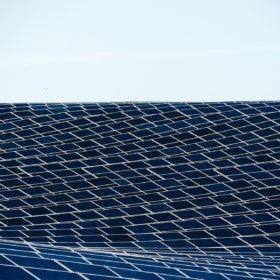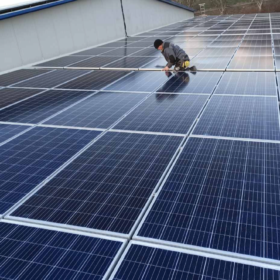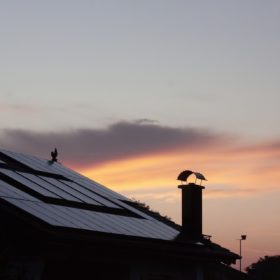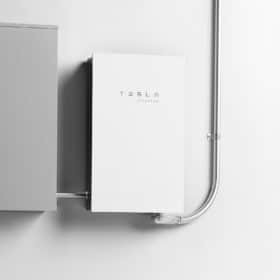Ireland outlines net metering scheme for solar and renewables
The scheme is now under public consultation and is aimed at enabling citizens, farmers, business owners, and community organizations to sell excess solar power to the grid.
Beijing: China installed 48.2 GW of solar in 2020
With the nation almost doubling its new generation capacity figure for the year last month, the National Energy Administration is reportedly considering a joint solar and wind capacity target of 120 GW for this year.
Jenny Chase predicts up to 194 GW of solar this year
Falling module prices will help PV post another record year after an estimated 132 GW was installed worldwide in 2020, according to an energy transition investment trends report published by Bloomberg New Energy Finance.
IFC says green recovery could drive $2.5tn renewables market this decade
The private-sector arm of the World Bank, which claims to leverage $3 of its own capital and $8 from third parties for every dollar invested in its blended finance funds, has attempted to quantify what devoting Covid recovery funds to green investment would mean for emerging economies.
Mitsubishi and Japanese university offer peer-to-peer trading alternative to FIT payments
Blockchain systems are being tested as a means of offering solar households revenue for excess power they generate, now the FIT program has ceased.
Smart meters disrupt residential PV segment in Belgium’s Flanders region
A recent ruling of the Belgian constitutional court has canceled the 15-year grace period granted to residential PV system owners to keep operating under net metering despite the arrival of smart meters. The Flemish government said it will provide some compensation for the financial losses that this decision will cause.
Tesla launches solar inverter
The EV manufacturer with big solar ambitions has finally leveraged its expertise in power electronics technology and launched a solar inverter.
‘SolarEV City’ concept can cut both costs and emissions
Scientists applied a model where rooftop PV and electric vehicle batteries are integrated into the energy system of nine Japanese cities. Their findings suggests that such a system could meet more than half of every city’s total energy demand by 2030, and as much as 95% in some cases. The model also reveals opportunities to cut both pollution and energy costs for urban populations in Japan.
Fraunhofer ISE develops technique to produce glowing colored solar modules
The German research institute has proposed a technique based on the surface structure of the wings of the morpho butterfly to produce colored BIPV panels for facades and rooftops. The process is claimed to make it possible to color the modules with an optical effect and not with color pigments, which reduce their efficiency.
Bangladesh mandates 2% of loans issued must be for green projects
Some 15% of the finance disbursed must fit the wider definition of being ‘sustainable’ and banks and other lenders have been warned penalties will be applied for non compliance.










